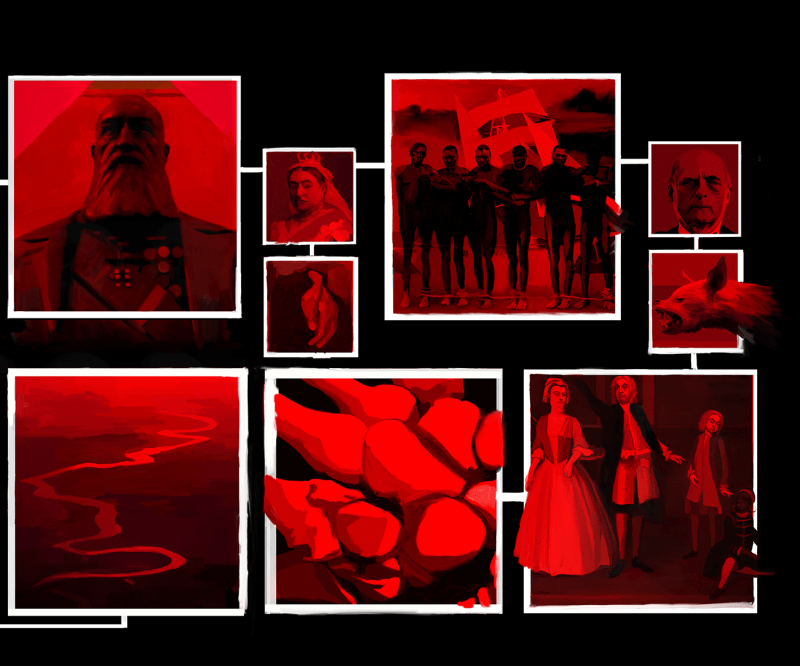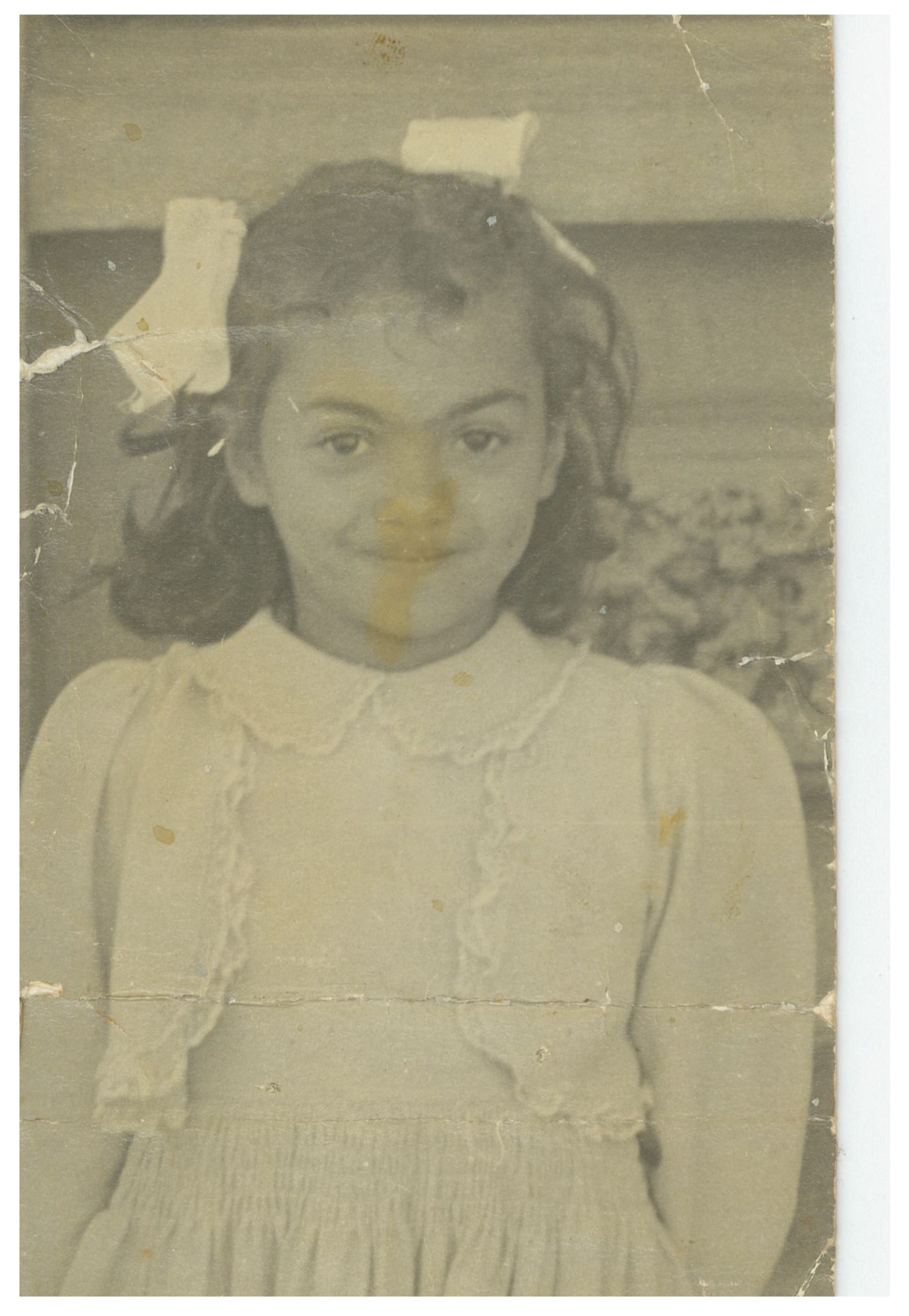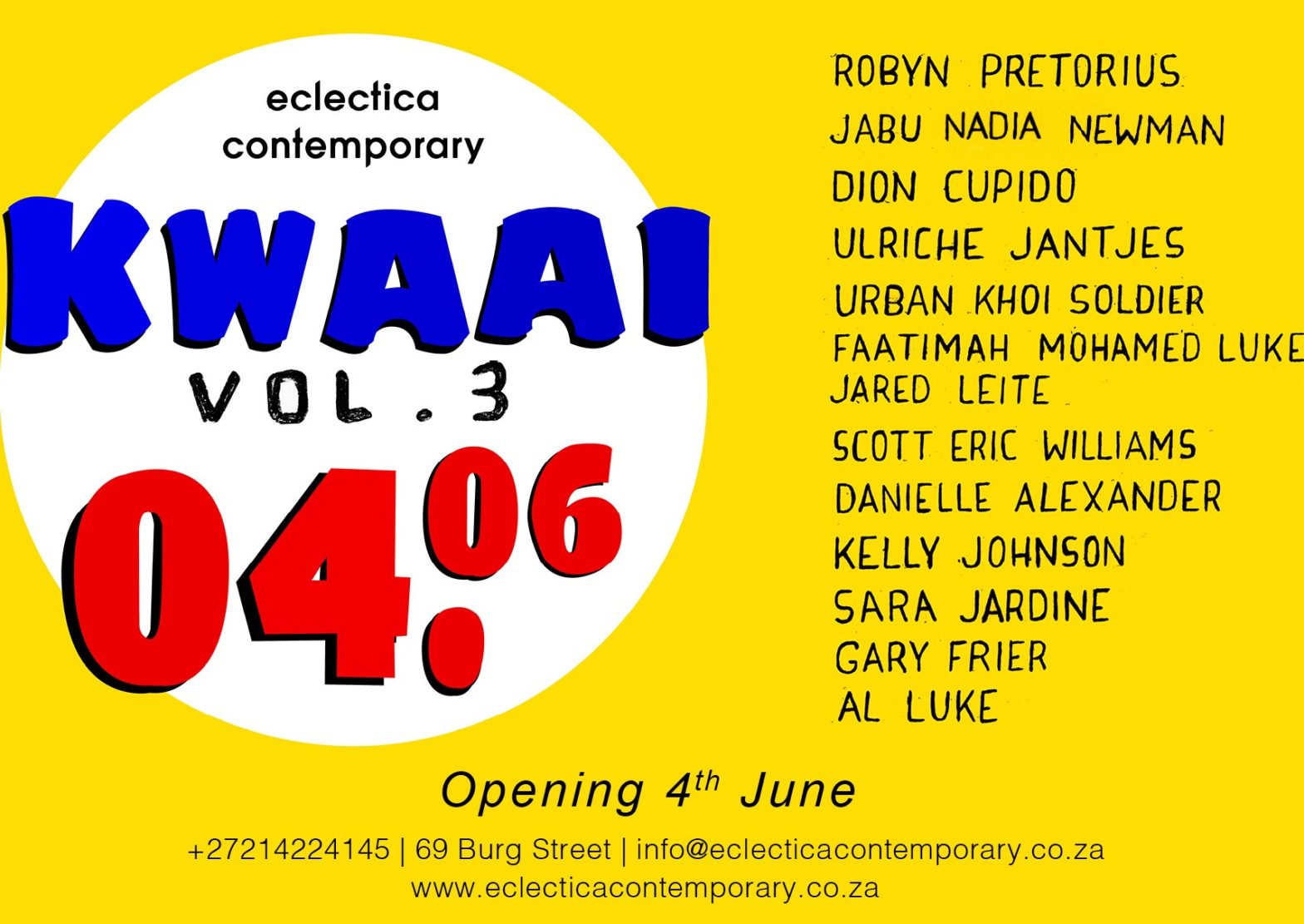Featured Artwork: Feroze Alam In the same week that George Floyd was so callously killed by a police officer in Minneapolis, I attended a webinar celebrating Africa Month and what it meant to be African. 635 more words


Featured Artwork: Feroze Alam In the same week that George Floyd was so callously killed by a police officer in Minneapolis, I attended a webinar celebrating Africa Month and what it meant to be African. 635 more words

When I turned 50, I decided that it was time to equip myself with the tools necessary to write the stories of where we come from. I was convinced that providing a platform to share and acknowledge our painful past was fundamental to reconciliation in our country. Certainly, after 25 years of democracy we seemed to be no nearer to recognising each other as simply human. Being the mother of two young adults bestowed on me a sense of urgency. However, gaining a Masters in Creative Writing (from the same university that in the 1980s required me to apply for a government permit to attend because of the colour of my skin), opened up the path to a deeply personal journey, one that would lead to a PhD in History and Heritage Studies.
Early on in this journey it became clear that I needed to retrace our history way back to the arrival of the Dutch at the Cape, an event that occurred within the global context of slavery and colonialism in which they were major players. The impact of slavery and colonisation on South African society has receded far behind the more dominant history of apartheid and yet, the racial hierarchy that accompanied it not only laid the foundation for apartheid, but shaped attitudes to race and sex that continue to inform the present.
The benign version of slavery presented to us at school was reinforced by charming paintings of colonial Cape Town, the colourful houses of the Bo-Kaap and images of benevolent masters who wanted only to ‘civilise’ and take care of the black bodies under their care. This narrative concealed the brutality and dehumanisation of the people who were brought here as a source of labour, a commodity, to be sold and traded. After emancipation, other ways to maintain control over workers were introduced, such as the notorious dop system that has left its legacy of foetal alcohol syndrome and high infant mortality rates in the Western Cape.
Racial slavery was about the degradation of the human being and simply being emancipated was not enough to know what it meant to be free, how to recreate ourselves and become independent. Apartheid tried to force us into being the same – we lived in the same areas, went to the same schools, married the same people. We carried our sameness around like a security blanket and retreated within it, afraid of the other; we developed our own stereotypes based on our ignorance of what was beyond those walls. More than simply the dismantling of apartheid legislation needs to be done in order that we may construct ways of life in which we acknowledge our human-ness rather than other-ness.
But, to remember slavery is also to remember the vibrant and diverse cultures, new language, food, music and beliefs that arose, and to honour the spirit of survival and resistance that was engendered. Somehow people managed to find ways to survive and hold onto that which made them human. These practices of freedom – music, art and storytelling – defy and resist the memories of slavery and apartheid and attest to a will to survive. Even the humble family photograph, in spite of it often showing little skill, and found stuffed into boxes or envelopes, has the power to destabilise the dominant narrative that would have us believe that we were less-than. They speak to the resistance of the human to being objectified and it is at this ordinary archive that we need to look if we want to understand what it means to be human.
By connecting the lines between all of our stories, whether they are auditory, visual or written, we may recognise our common humanity; we break down the walls that were constructed around us, to separate us from the other. When we reach out to each other we move beyond the process of othering, and towards freedom and equality so that we may think about how we may live. Only then may we learn how to be human.
Images from my family album.
This piece prefaces the virtual exhibition, KWAAI Vol. 3 by Cape Town gallery, eclectica contemporary.
Read a review of the exhibition here.

Art goes beyond mere entertainment – it is an ancient way of expressing who we are and what we stand for that goes back to the first time that humans left their marks on the walls of caves or fashioned forms out of the earth. Art captures and expresses different ways of living and being, both challenging and negating attempts to fix certain stereotypes.
That people labelled ‘coloured’ through apartheid social engineering have been excelling in art, sports, music, academics (in fact, in every arena possible) throughout our history, is nothing new. What is of note is that almost three decades after the first democratic elections, we have yet to rid ourselves of the negative stereotypes associated with this labelling.
Apartheid policy has its roots in racial slavery, the violent process of othering, that ultimately led to the dehumanisation of people based on the colour of their skin. During apartheid the oppressive regime attempted to silence people, and art became a weapon for political expression, reflecting the injustices and repressive nature of the times. In spite of museums and galleries actively preventing participation by people of colour, they were able to communicate and express the injustices of the day, telling the stories that the world needed to hear. Their work so disrupted and threatened the apartheid hegemony that many were arrested, banned, or forced into exile.
British-Jamaican sociologist and cultural theorist, Stuart Hall, urged ordinary people to regain control of an image-dominated world and to challenge the stereotypes that are propagated by introducing new ideas, new knowledge and new dimensions of meaning, thus exposing and destroying stereotypes.
This is exactly what the artists involved with the KWAAI exhibition are doing – reshaping and reimagining an identity, and reconnecting with a culture in ways that aren’t necessarily the same as their parents experienced. Perhaps most indicative of the times we now find ourselves in, I met some of the artists via an online meeting platform. It was inevitable that the discussion would touch on how their creative processes were being affected by the national lockdown as a result of COVID-19. The enforced social distancing has encouraged deep self-reflection and the limited access to materials has led them to discover different ways of expressing themselves. It seems serendipitous, this process of examining, reshaping and reimagining, not only their output, but the very essence of what they want to portray to the outside world.
While some of the artists have lived through apartheid, others grew up in a post-apartheid society. However, all of them have been shaped socially, personally and culturally by the experiences of their own generation and the one that came before them. They bear the collective trauma through stories, images and the behaviour of the people they grew up with and those who raised them. They carry the responsibility, the sense of loss and the desire to make sure that their own narratives may be heard to prevent the past from continuing to make an indelible mark on the present and the future.
All these artists are taking charge of the narrative, each in their own unique way, of how they want to be viewed, drawing on the experiences of the generation that came before them.
Jabu Newman, explores the issues of coloured identity through her photographs, drawing on a personal family history, that speaks to the apartheid legacy of forced removals, racial classification and group areas, that continues to inform the present.
Jared Leite uses printmaking and sculpture to deconstruct issues of representation and belonging, and the ambiguity that surrounds a community that continues to dwell on the periphery of a post-apartheid space.
Urban Khoi engages with ancient practices such as cave drawings coupled with contemporary dance and graffiti to examine human consciousness and collective wisdom.
The KWAAI exhibition provides the platform to support the re-presentation of their individual stories. It invites conversation and engagement with these new narratives while challenging us to make up our own minds. These artists very clearly assert who they are and where they come from. They defy and resist the memories of apartheid and speak to what it means to be human.
This piece appears in the latest edition of SA Art Times and the exhibition may be viewed online on the gallery website. Thank you to Christina Fortune for inviting me to be a small part of this project. Featured image courtesy of KWAAI Vol 3/eclectica contemporary.
Read a review of the show here